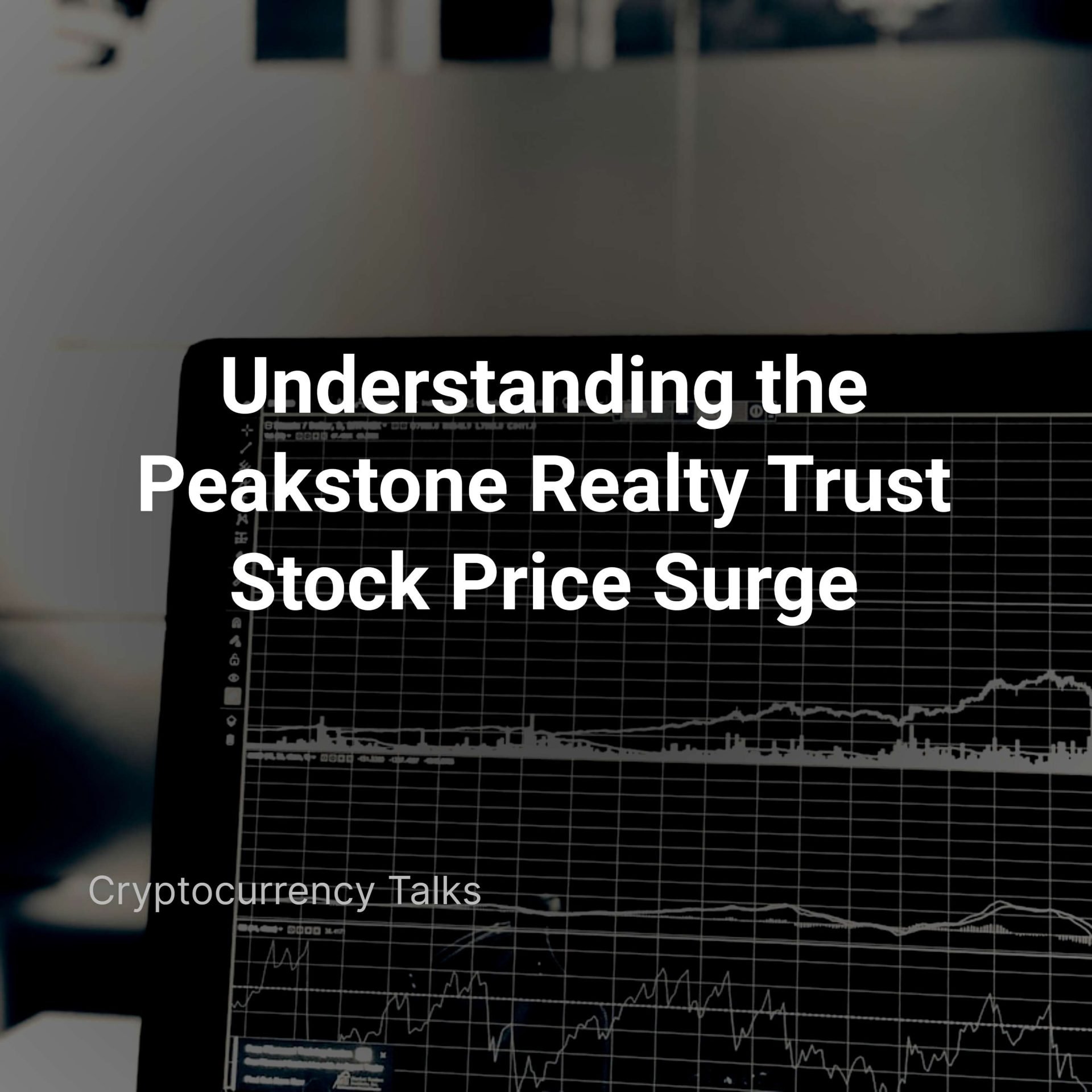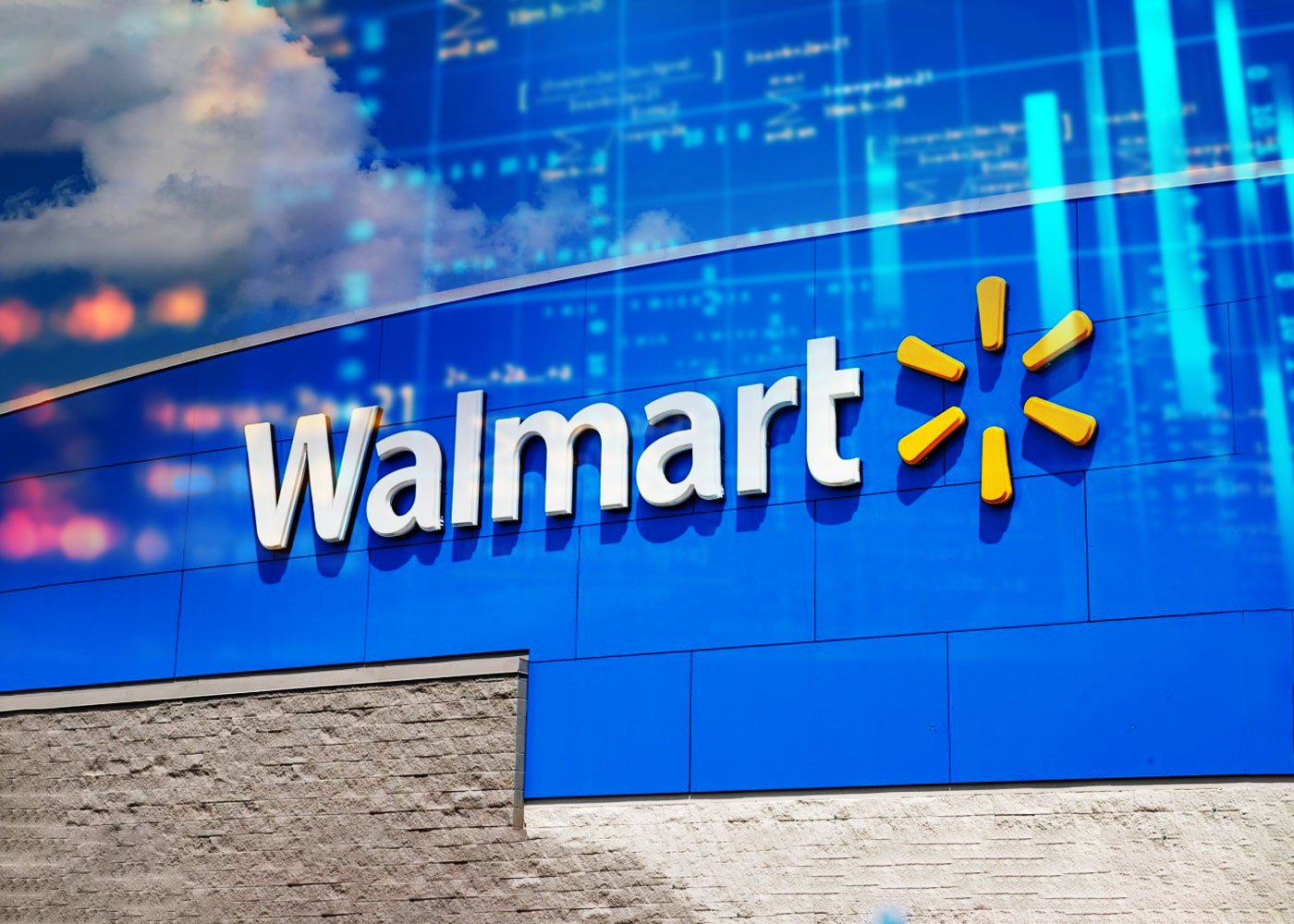
Are you considering investing in a manufactured home? From the outside, manufactured homes offer attractive features such as flexibility and affordability. But before you make any decisions, it’s important to understand the risks that come with this type of investment. In this blog post, we’ll take an in-depth look at what manufactured homes are and discuss all facets of their investment potential—the good, the bad (and sometimes ugly) so that you can decide if they’re right for your portfolio.
What Are Manufactured Homes?
Prefabricated homes, also called mobile homes, are constructed in a factory and then moved to a permanent location for installation. These houses are built using standard building materials and methods but must meet the federal HUD code, outlining design, construction, and performance standards.
You can find manufactured homes in various sizes and styles, from single-wide units to multi-section homes. They can be customized to fit specific design and functional requirements. Manufactured homes are usually more affordable than site-built homes and are popular for those searching for cost-effective housing solutions. State and federal agencies regulate them to guarantee their safety and quality standards are met.

Are Manufactured Homes a Good Investment?
Benefits:
Here are some potential benefits of investing in manufactured homes:
- Lower cost: Manufactured homes may be a more affordable option than site-built homes, making them accessible to more buyers. They could also be a profitable investment opportunity by purchasing and renting them out at a lower cost than site-built properties.
- Faster construction: Manufactured homes are constructed in a factory and then transported to a site for installation. This process is typically faster than building a home on-site. Therefore, acquiring and renting out manufactured homes can be easier and may increase your potential return on investment.
- Lower maintenance costs: The durability and low maintenance of manufactured homes can help lower the ongoing expenses of owning and managing a rental property.
- Flexibility: You can have more location options and potential tenants available to you when investing in manufactured homes, as they come in various sizes and styles. Depending on your goals and budget, you could opt for smaller homes in rural areas or larger ones near urban centers.
- Regulations: Federal and state agencies regulate manufactured homes to meet quality and safety standards. This helps assure owners and tenants of their peace of mind.
Disadvantages:
Here are some potential disadvantages of investing in manufactured homes:
- Depreciation: Compared to traditional site-built homes, manufactured homes generally decrease in value over time, which could negatively affect your potential return on investment by decreasing the property’s value.
- Financing: Financing for a manufactured home can be tricky since they are deemed a riskier investment than regular site-built houses. As a result, it can be more demanding to build and sustain a collection of manufactured homes.
- Resale value: Manufactured homes are likely to decrease in value over time, making them harder to sell than traditional site-built homes. This could affect your options for selling and your ability to make a profit.
- Zoning and land use regulations: The regulations regarding zoning and land use can differ depending on the area, which might restrict your capacity to invest in manufactured homes in specific locations.
- Maintenance and repair costs: Although manufactured homes might have lower ongoing maintenance expenses when compared to site-built homes, they may still require considerable maintenance and repairs over time. This could affect your potential return on investment and necessitate a more involved approach to management.
Some Factors to Consider When Investing in Manufactured Homes:
Here are some factors to consider when investing in manufactured homes:
- Location: When investing in manufactured homes, it is important to consider the location. This involves looking at factors like the demand for rental properties in the area, distance to nearby amenities, and zoning and land use regulations. Just like any other real estate investment, location plays a crucial role.
- Quality of the home: When choosing a manufactured home, it’s important to consider its qualities. Look for homes built to high standards, and that have been well-maintained. Consider the age of the home, too; newer homes may need fewer repairs and upgrades.
- Financing options: As previously stated, financing manufactured homes can be harder than regular site-built homes. It’s important to thoroughly reseaIt’syour financing choices and think about working with a lender with expertise in financing manufactured homes.
- Management and maintenance: Before investing in manufactured homes, it’s important to evaluate whether it has the necessary time and resources to properly manage and maintain them, as they may require a more hands-on approach than other real estate investments.
- Potential return on investment: When investing in manufactured homes, it’s important to consider the possible return on investment, just like any other investment. You can do this by examining the rental rates in the area and factoring in ongoing maintenance and management costs. This will help you determine if the investment will be profitable in the long term.
Final Words
To summarize, investing in manufactured homes is a great option for those who want to diversify their real estate portfolio or own affordable rental properties. These homes have several advantages: lower costs, faster construction, lower maintenance expenses, flexibility, and regulatory oversight. It’s important to be aware of potential drawbacks when deciding whether or not to invest in manufactured homes. These could include depreciation, financing difficulties, zoning and land use laws, and costs associated with maintenance and repairs. Thorough research is essential in determining whether the investment will be worthwhile, including looking into the local market, assessing the quality of the homes, exploring financing options, evaluating management and maintenance needs, and estimating potential ROI.







